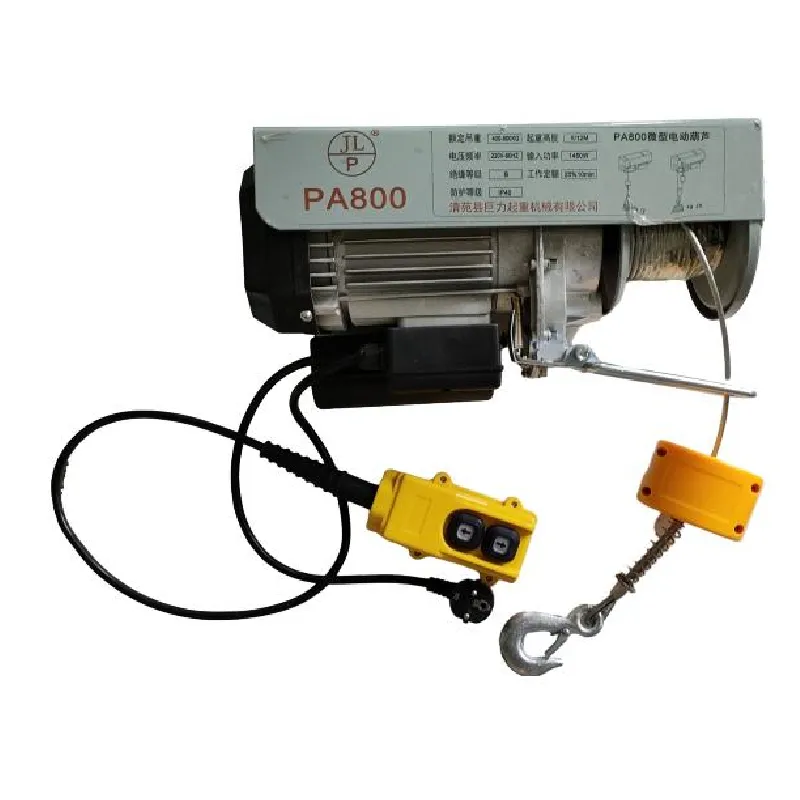


The Importance of Roof Fall Restraint Systems in Construction Safety
In the construction industry, safety is paramount. One of the critical areas of focus is the prevention of roof falls, which can pose significant dangers to workers. Roof fall restraint systems are essential tools designed to mitigate these risks, ensuring that workers can perform their duties without the constant fear of falling. This article explores the importance, types, and best practices associated with roof fall restraint systems.
Understanding Roof Fall Hazards
Roof work often involves various activities such as installation, maintenance, or repair. These tasks typically require workers to operate at considerable heights, putting them at risk of falling. According to the Occupational Safety and Health Administration (OSHA), falls are among the leading causes of fatalities in the construction industry. Therefore, implementing effective fall protection strategies is not just a regulatory requirement but a moral obligation to safeguard human lives.
What Are Roof Fall Restraint Systems?
Roof fall restraint systems are specifically designed to prevent workers from falling off the edge of a roof or elevated surface. Unlike fall arrest systems that allow for a free fall before stopping a worker's descent, restraint systems are engineered to keep workers safely on the work surface or within a designated area. This is typically achieved through the use of body harnesses, lanyards, and anchor points, which work together to restrain movement and prevent falls.
Types of Roof Fall Restraint Systems
There are several types of roof fall restraint systems that construction companies can utilize
1. Personal Fall Restraint Systems These include body harnesses connected to anchor points that keep workers from reaching the edge of a roof. By limiting movement, these systems provide a secure working environment.
2. Guardrails Installing guardrails around the perimeter of a roof can be an effective form of restraint. They act as physical barriers that prevent workers from accidentally moving off the edge.

3. Safety Nets In scenarios where installation of guardrails may not be feasible, safety nets can be positioned underneath the work area. They provide a secondary level of protection, catching any worker who might accidentally fall.
4. Warning Lines These are defined boundaries set up around roof edges. Workers are trained not to cross these lines without appropriate fall protection, thus serving as a visual restraint strategy.
Best Practices for Implementing Restraint Systems
Implementing a roof fall restraint system requires careful planning and consideration. Here are some best practices to ensure effectiveness
1. Comprehensive Training Workers must be adequately trained in the use of fall restraint systems. This includes understanding how to properly wear harnesses, identify anchor points, and recognize when restraint measures are necessary.
2. Regular Inspections Routine checks on all fall protection equipment are crucial. Harnesses should be examined for signs of wear, While anchor points should be tested for stability and strength.
3. Site-Specific Strategies Each construction site is unique, requiring tailored fall protection strategies. Conducting a thorough risk assessment can help determine the most appropriate restraint system for a particular job.
4. Incorporating Safety Culture Encouraging a culture of safety can reinforce the importance of using roof fall restraint systems. Regular safety meetings, discussions, and incentives for safe practices can promote a safer working environment.
Conclusion
Roof fall restraint systems play a vital role in safeguarding construction workers from the risks associated with working at heights. By understanding the types of systems available and implementing best practices, construction companies can significantly reduce the incidence of falls and enhance overall workplace safety. Investing in effective fall protection measures not only complies with regulatory requirements but also demonstrates a commitment to worker welfare—a practice that should be at the forefront of every construction business's operational ethos. Ultimately, the goal is to create a culture where safety is prioritized, and every worker can return home safely at the end of the day.



